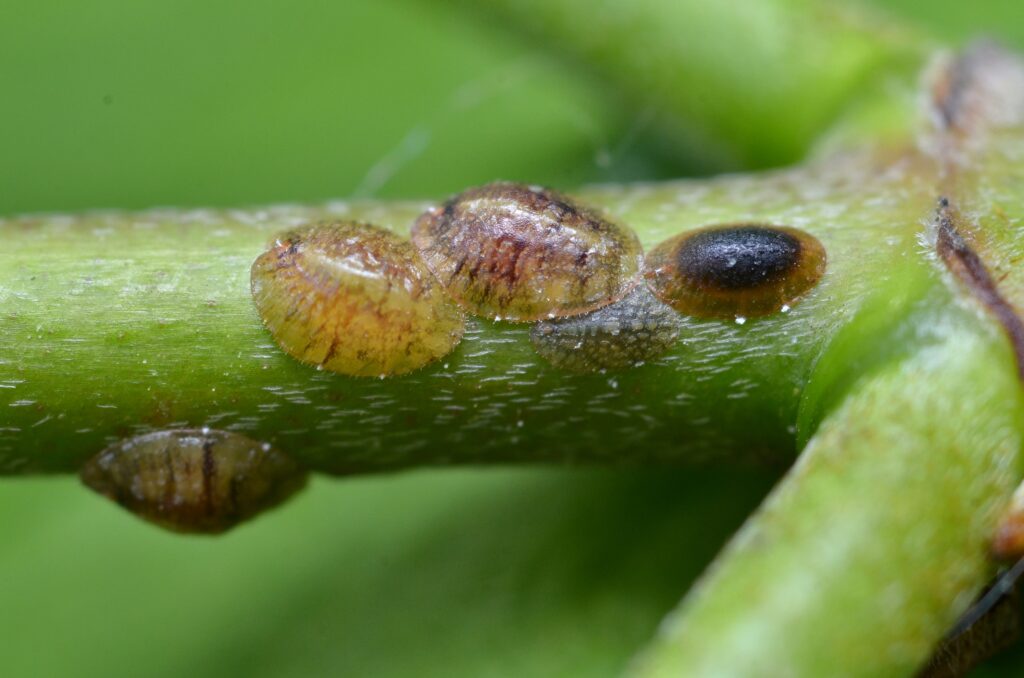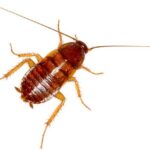The black pineleaf scale (Matsucoccus macrocicatrices) is a pest that affects pine trees, particularly in temperate regions. This insect feeds on the sap of pine trees, weakening their health and leaving them vulnerable to other stressors, such as disease and environmental factors. While chemical treatments can manage infestations, there is growing interest in natural control methods, particularly the use of biological agents to keep black pineleaf scale populations in check.
Understanding Black Pineleaf Scale
The black pineleaf scale is a sap-sucking insect that typically targets pine trees, especially those in the Pinus genus. These scales attach themselves to the needles, feeding on the tree’s sap, which can lead to needle yellowing, branch dieback, and even tree death in severe cases. Infestations often occur in large numbers, making them difficult to control without intervention.
Fortunately, nature has its own way of managing scale populations. Natural enemies, including predators, parasitoids, and pathogens, have evolved to target these pests, providing a more sustainable solution to pest management.
Natural Predators of Black Pineleaf Scale
- Ladybugs (Coccinellidae family): Ladybugs are well-known for their role in controlling various pests. Several species of ladybugs, particularly those in the Harmonia genus, are effective predators of scale insects, including the black pineleaf scale. They feed on the scale’s nymphs and adults, reducing the overall population.
- Lacewing Larvae: Lacewing larvae are voracious feeders that consume a wide range of insect pests, including scales. These insects can consume dozens of black pineleaf scale nymphs in a single day, significantly reducing pest numbers.
- Predatory Beetles: Species like Scymnus and Stethorus beetles are known to hunt and feed on scale insects. These beetles are particularly effective in ecosystems where they have natural access to black pineleaf scale populations.
- Ants: Though not directly predatory, certain species of ants can indirectly control scale infestations. Ants often farm scale insects for their honeydew, but in doing so, they can keep the scale population in balance by limiting the number of scales that can grow unchecked.
Parasitoids: Nature’s Silent Assassins
Parasitoids are another natural enemy of black pineleaf scale. These insects lay their eggs on or inside the scale, and the larvae feed on the scale’s body, eventually killing it. Key parasitoid groups include:
- Encyrtid Wasps: Wasps in the Encyrtidae family are among the most effective parasitoids of scale insects. These wasps inject their eggs into the scale, and once the larvae hatch, they consume the scale from within, effectively controlling the population.
- Aphelinid Wasps: Another group of wasps that target scale insects are the Aphelinidae family. These parasitoids are highly specialized in attacking scale species, including the black pineleaf scale.
Pathogens and Fungal Agents
Certain fungal pathogens, including Beauveria bassiana, have shown promise as biological control agents for black pineleaf scale. These fungi infect the scales, causing them to succumb to disease. Though not as commonly used as predators or parasitoids, fungi can still play an essential role in integrated pest management (IPM) strategies, particularly in humid climates where fungal growth is enhanced.
Benefits of Natural Enemies in Scale Control
The use of natural enemies to control black pineleaf scale offers several benefits:
- Environmental Sustainability: Unlike chemical pesticides, natural enemies do not harm the environment. They are selective in their attacks, often targeting only pest species, which helps preserve the broader ecosystem.
- Cost-Effectiveness: Once established, natural predators and parasitoids can be highly cost-effective compared to ongoing pesticide applications. They often provide long-term control without the need for repeated interventions.
- Resistance Management: Over-reliance on chemical treatments can lead to pesticide resistance in pest populations. By introducing natural enemies, the need for chemicals is reduced, helping to manage resistance.
- Biodiversity Preservation: Encouraging the presence of natural enemies can help maintain biodiversity. Many predators and parasitoids that target pests like the black pineleaf scale are also beneficial for controlling other pest species, thus supporting overall ecosystem health.
Conclusion
Black pineleaf scale presents a significant threat to pine trees, but natural enemies offer an effective and environmentally friendly solution to controlling this pest. By harnessing the power of ladybugs, lacewing larvae, parasitoid wasps, and even fungi, forest managers and arborists can reduce the impact of these scale insects while promoting biodiversity and sustainability. Biological control is a promising avenue in integrated pest management that not only tackles the immediate problem but also contributes to long-term ecological balance.
Incorporating these natural enemies into pest control strategies is a step toward healthier forests and a more sustainable approach to managing pest populations. Whether through the introduction of specific predators or the encouragement of existing parasitoid species, nature provides us with the tools to combat black pineleaf scale in a way that benefits both the environment and the economy.



